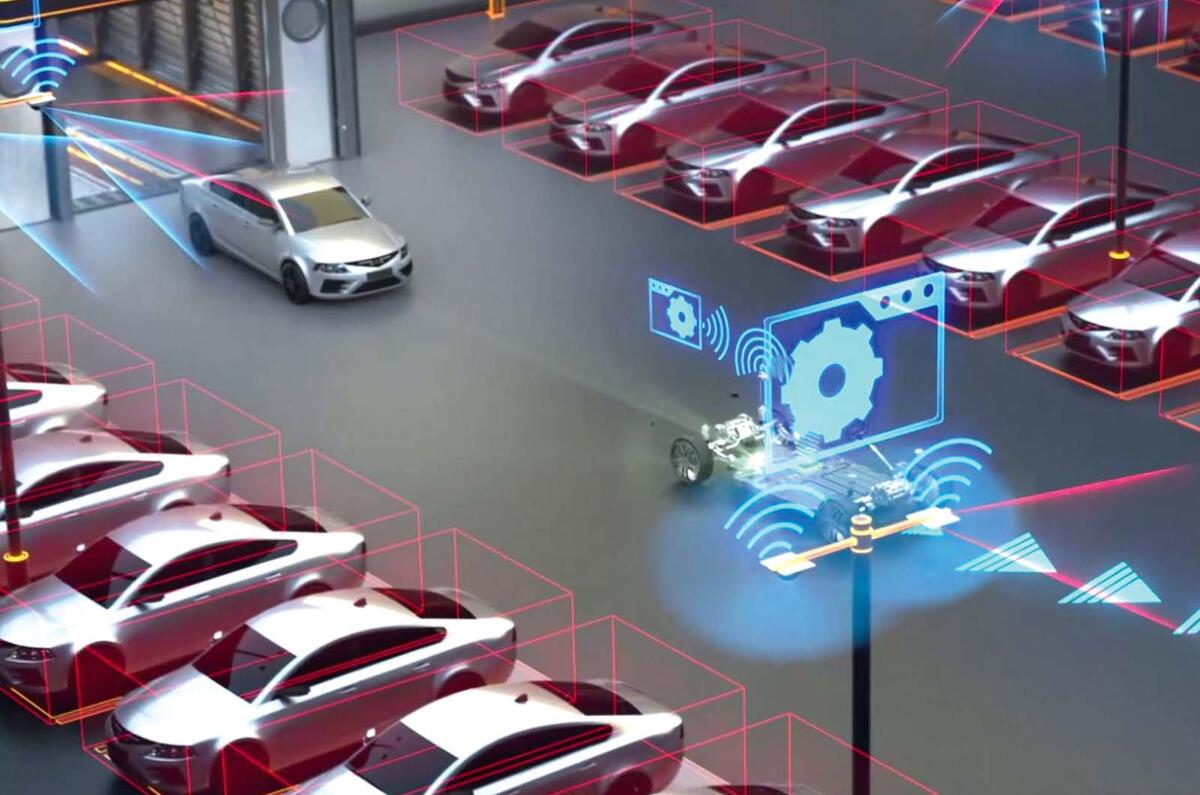Mention remote-controlled cars and thoughts immediately turn to the sort many of us have had fun with, like Tamiya or Kyosho.
But behind the scenes at the movers and shakers in automotive firms like Continental, engineers might be talking about something quite different: full-size remote-controlled cars.
Autonomous vehicle technology is not just about the infamous ‘driverless car’ concept. It also covers a whole range of things that are far less dramatic, such as park assist systems and, beyond that, the ability for cars to move themselves around for automated valet parking (AVP).
The idea with AVP is that a driver turns up at the car park and leaves the car to trundle off and park itself before it returns later when summoned. Plans for this kind of system have formed part of fully autonomous vehicle development programmes but it can also be deployed in cars that fall short of being self-driving.
In those cases, the idea is to create joined-up mobility systems, where the autonomous car arrives at the car park on the outskirts of an urban area and the driver and passengers alight and transfer to a pod to be transported into town.
Beyond that, a whole new vocabulary is emerging, such as ‘infrastructure orchestrated manoeuvring’ (IOM). The traditional approach to AVP is to equip cars with more intelligence and technology, something Continental calls ‘AVP Type 1’.
A more sophisticated approach, and part of what it calls ‘Safe Infrastructure Solutions’, is to install the intelligence in the infrastructure as well. This makes it possible to extend the idea of AVP to ‘intelligent vehicle manoeuvring’ in other environments such as car plants, and that’s where IOM comes in.
Taking today’s car plant as an example, finished cars need to be moved to different locations around a factory and doing that manually isn’t necessarily as efficient as it could be.
With IOM, cars can be sent to another station from the end of the production line for snagging, testing or calibration, or even to a logistics team for delivery. It works by handing the car over to an intelligent infrastructure using an app and then the infrastructure does the manoeuvring.
This involves technology similar to that used in cars. Cameras and sensors, intelligent algorithms, infrastructure-based object recognition, dynamic route planning, autonomous emergency braking functions and others are all integrated to allow the car to be moved under wireless control.




Join the debate
Add your comment
This will be brilliant. Finding a park and parking are two of the worst things about commuting.
Headline could also read...
"Self-driving cars mean you could stay on the p1ss everyday!"
Wonder what happens when or if there's a Internet failure like the Airbtravel just experienced?
Peter you're so right. I also heard that more than once an aeroplane crashed and cars can break down now and again. So I've decided that I'm only ever going to walk anywhere in case a helpful system fails.......